Affiliate links on Android Authority may earn us a commission. Learn more.
The best new smartphones that debuted at IFA 2019
September 7, 2019
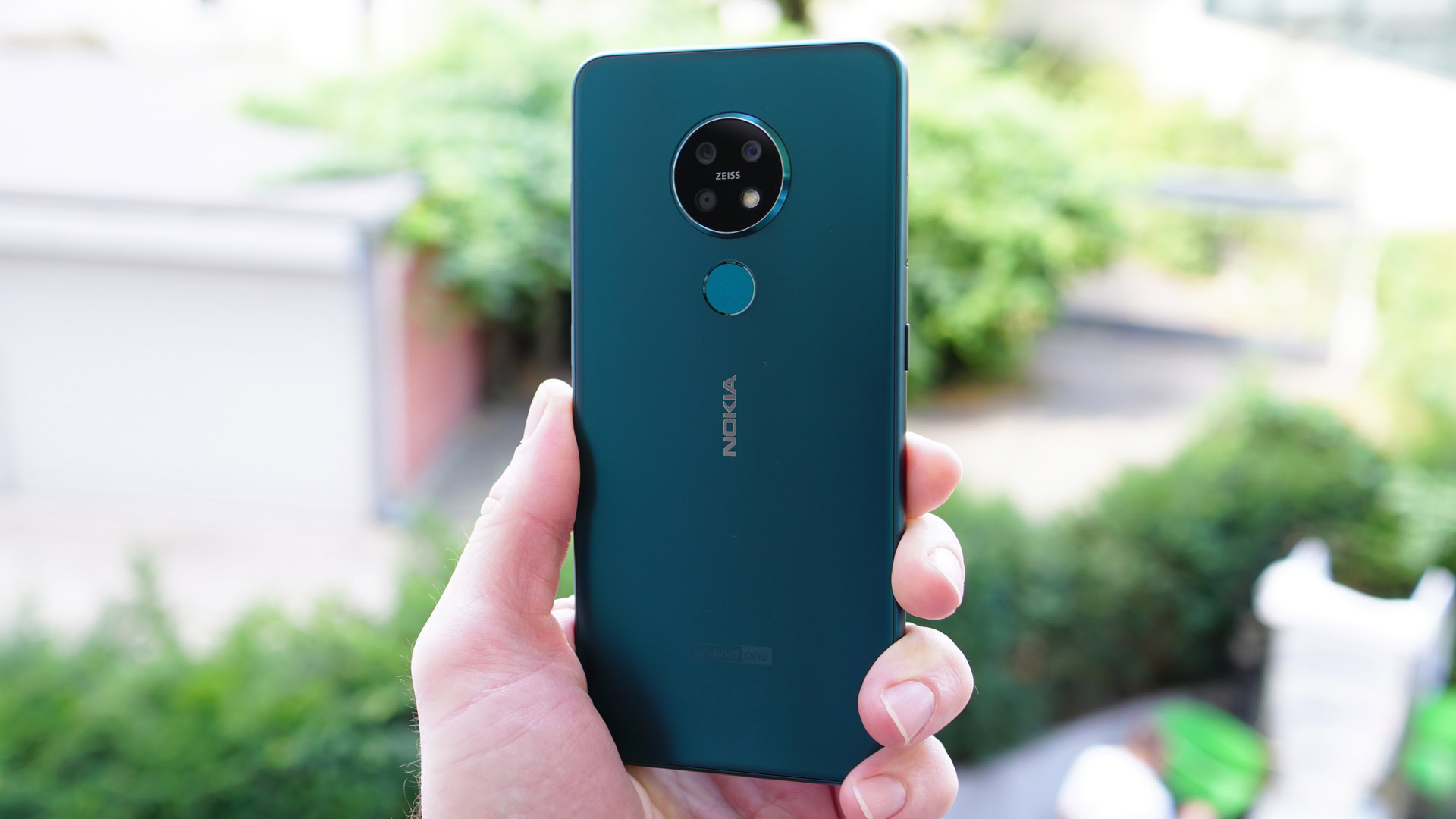
IFA 2019 delivered lots of excitement in the smartphone space. Splashy announcements galore packed the week in Berlin, with solid hardware from the brands we know and love such as HMD Global/Nokia, LG, Motorola, Samsung, Sony, TCL, and others.
With so much on offer at the annual tech extravaganza, sorting through the lot to pick the best was an easy task. Here are the smartphones that impressed Android Authority the most.
Also read: IFA 2019: All the key announcements in brief.
Nokia 7.2 leads the low-cost charge
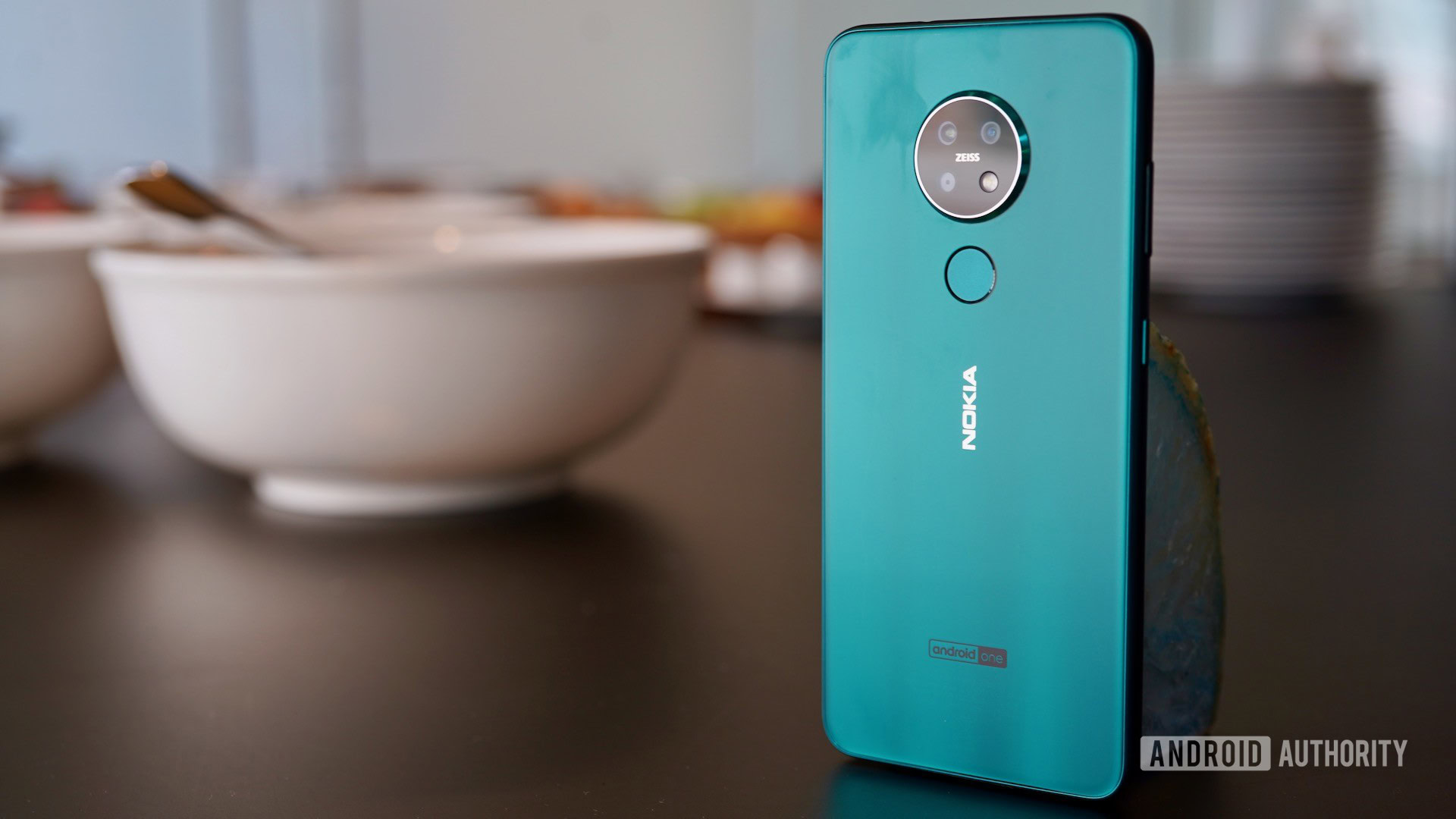
HMD Global made a big statement at IFA with no less than five new phones on hand. While there’s lots to like about the Nokia 6.2, Nokia 800 Tough, Nokia 2720, and Nokia 110, it’s the Nokia 7.2 that really stood out.
The 7.2 is an affordable mid-ranger and that’s what makes it so impressive. HMD Global packed a lot of features into a phone that most anyone can afford. The company aimed high with the design. A polymer frame is coated in multiple layers of paint and is lighter than metal and stronger than polycarbonate. Gorilla Glass covers the front and back in simple, Finnish fashion.
You’ve got a 6.3-inch Full HD+ LCD panel upfront. The screen supports HDR with wide color gamut, and fine-tuned color accuracy. We were impressed in the time we spent with this teardrop notch display. Its LCD panel generates plenty of light, though an OLED would offer deeper blacks.
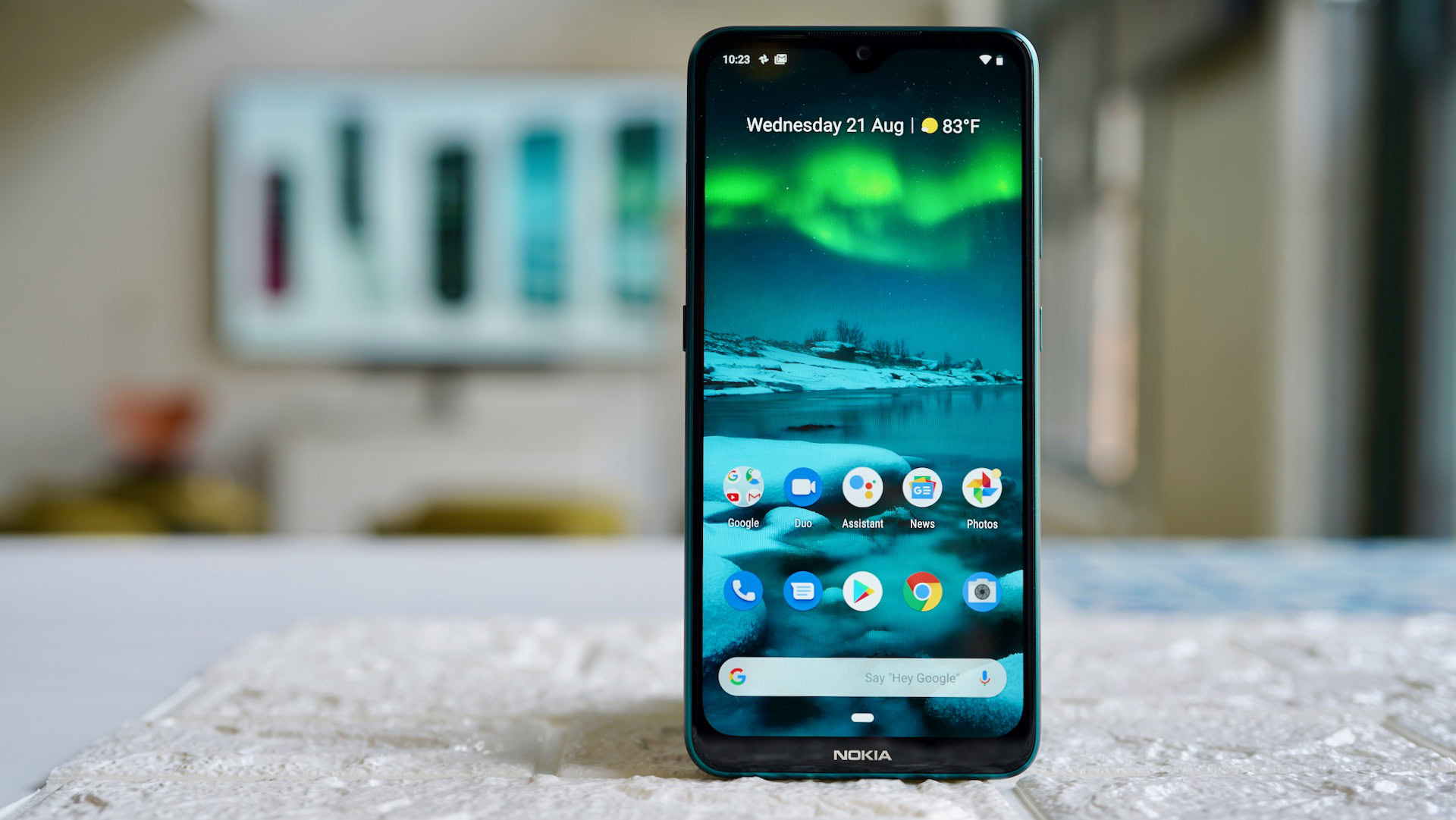
HMD leaned on its long-term relationship with ZEISS to bring a great camera to the phone. It features a 48MP sensor that can bin down to 12MP to improve low-light performance. ZEISS designed the optics. The phone also has a wide-angle camera and a depth sensor to round out the offerings. The front has a 20MP selfie camera that also boasts good performance in the dark.
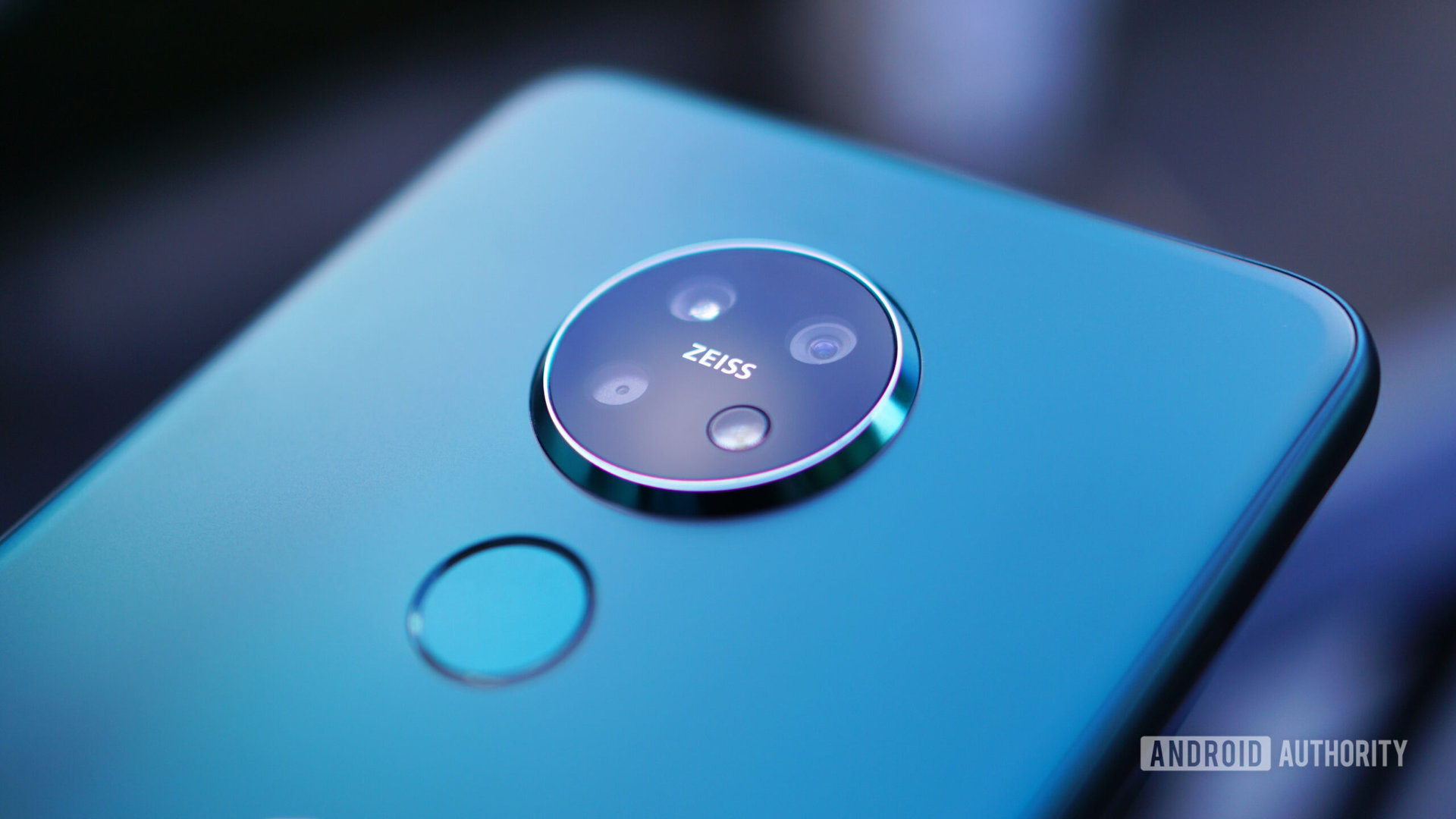
The phone has a respectable Snapdragon 660 open board with 4GB of RAM and 128GB of storage. Other features include a 3,500mAh battery with two-day battery life, USB-C port and 3.5mm headphone jack, FM and NFC radios, a dedicated Google Assistant button, and Bluetooth 5.0 with Qualcomm aptX audio.
HMD leaned on its long-term relationship with ZEISS to bring a great camera to the phone.
What impresses me most is the price. The phone goes on sale for 249 euro. It should be available to U.S. consumers via the web before too long. We look forward to reviewing this one.
Motorola goes zoom zoom with the boom boom
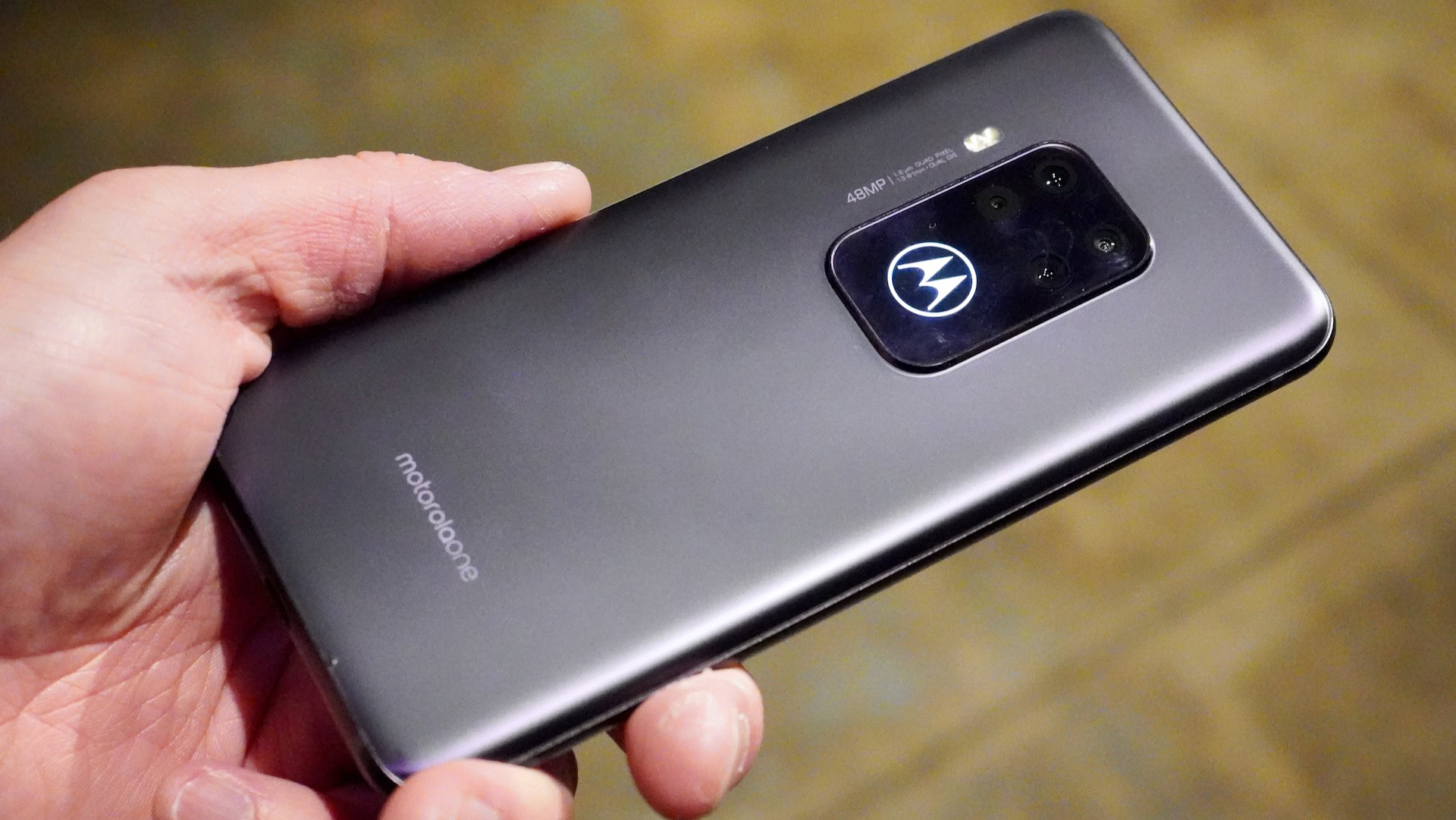
Motorola is targeting the mass market with the Motorola One Zoom, a mid-ranger that has a keen eye on photography.
Motorola opted for a satin finish on this device to prevent it from collecting nasty fingerprints. Offered in a trio of gradients, it’s an appealing phone that’s well made. The OLED screen stretches 6.39 inches and includes 2,340 by 1,080 pixels for a 19:9 aspect ratio. The front bezels are very thin, which helps the screen pop when viewing content.
Offered in a trio of gradients, it’s an appealing phone that’s well made.
Motorola selected the Qualcomm Snapdragon 675 processor with an Adreno 612 GPU. The phone is available with 4GB of RAM and 128GB of storage, and it supports memory cards up to 512GB. Other details include USB-C, 3.5mm headphone jack, three-in-one SIM / microSD memory card tray, splash proof nano-coating, and an embedded 4,000mAh battery that supports rapid charging.
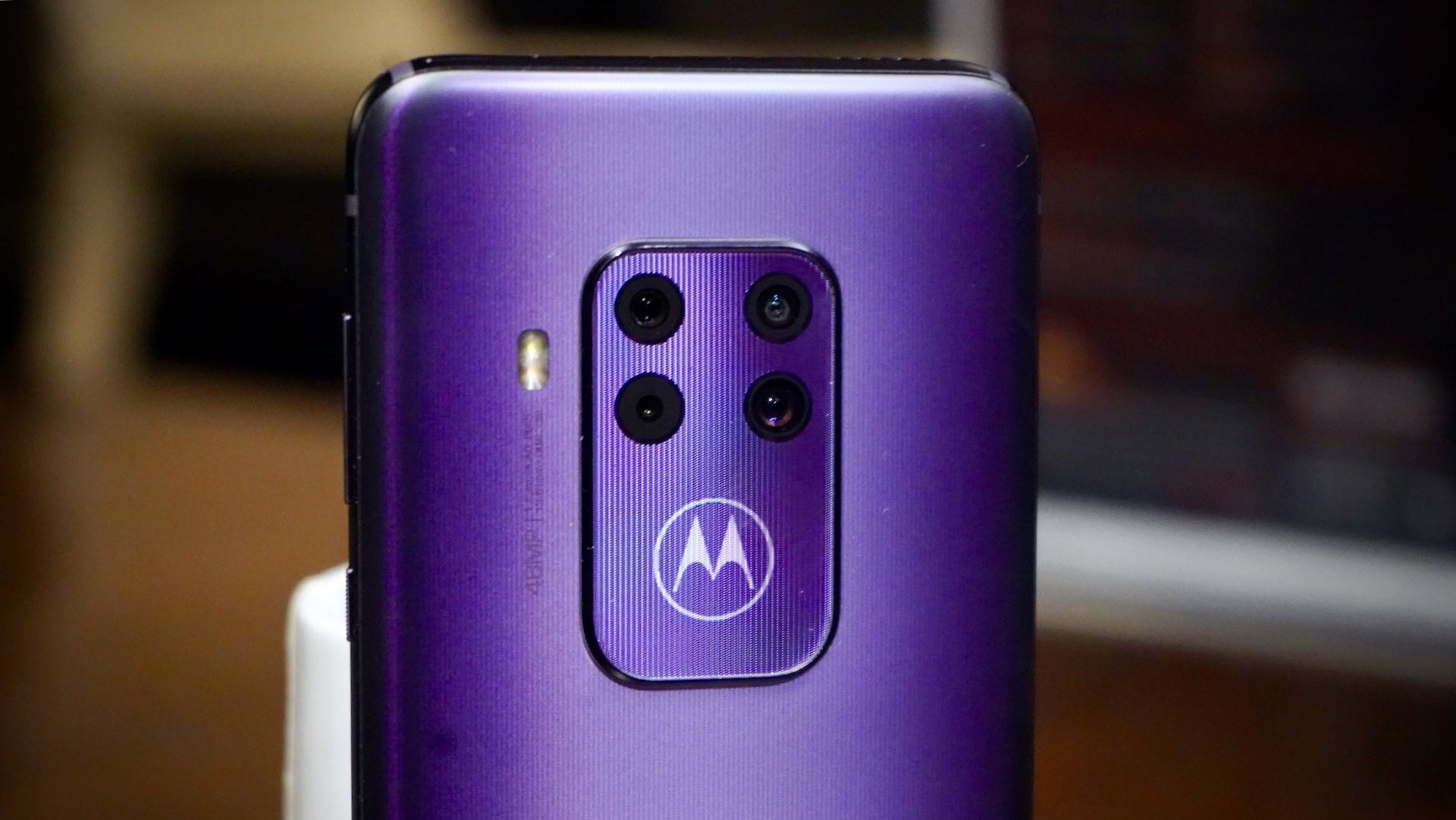
Like Nokia, Motorola bestowed its latest smartphone with a 48MP camera with quad pixel technology that can be binned down to 12MP. It is joined by a 16MP ultra wide-angle camera with 117-degree field of view, an 8MP telephoto with OIS and 3x zoom, and a 5MP depth sensor. Together, this array lets people take just about any type of shot they might wish. In the camera app you’ll find Night Vision for grain-free shots in low light. The selfie camera has a 25MP f/2 sensor that can also use pixel binning (6.25MP) for better low-light shots.
The price tag on the Zoom is 429 euros. Pricing for the U.S. hasn’t been finalized yet, but it will be sold unlocked via Motorola.com.
Samsung makes 5G a little more affordable
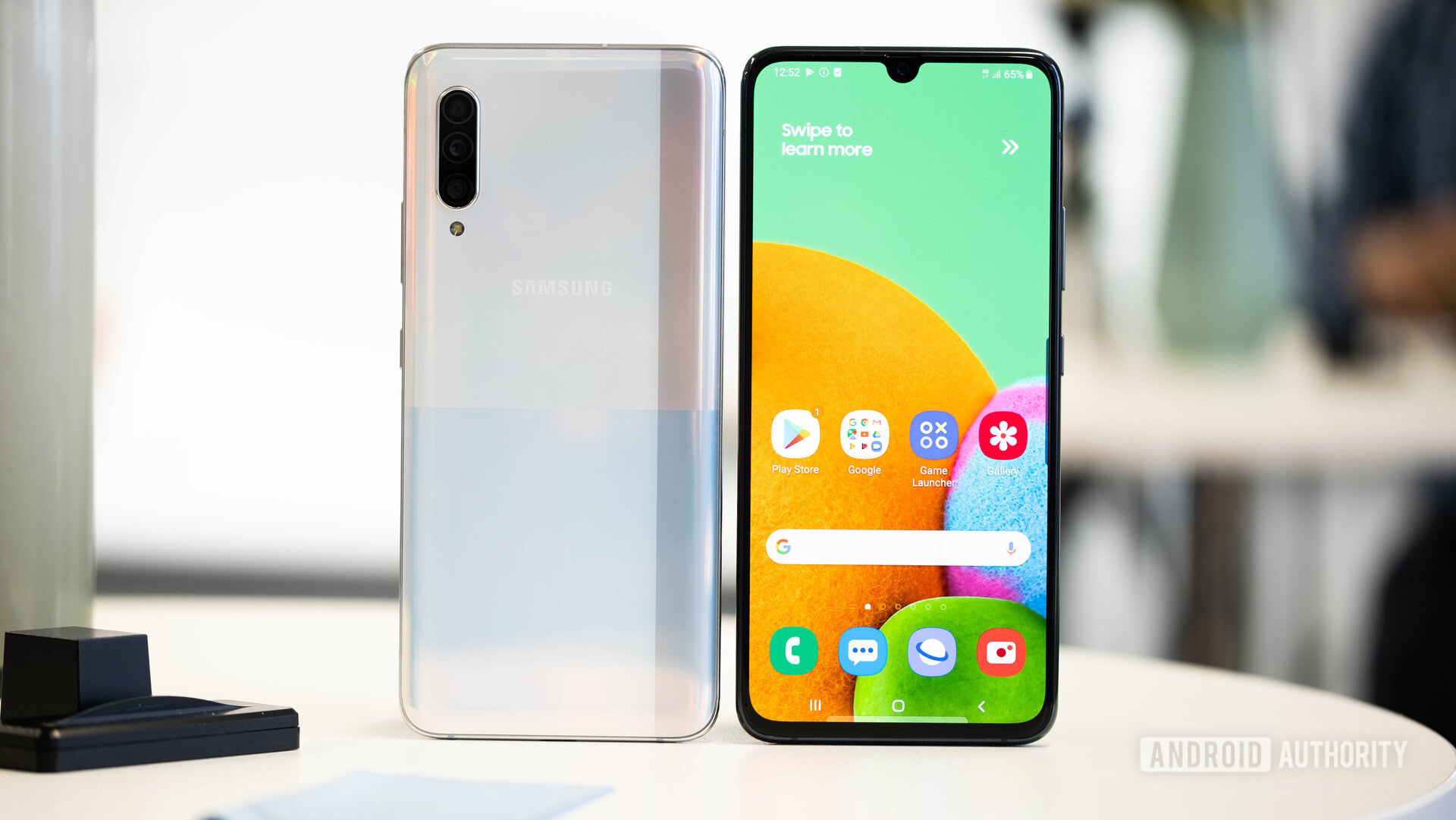
New 5G wireless tech is available on more than 10 flagship smartphones around the world, many of which cost more than $1,000. That’s too much for many consumers. The Galaxy A90 5G from Samsung pulls back on the pizzaz to make a 5G phone that won’t (totally) break the bank.
The A90 5G offers a 6.7-inch FHD+ OLED screen with a waterdrop notch. The fingerprint reader is buried under the display, and the phone includes camera-based face unlock. A Snapdragon 855 processor with an X50 5G modem provides the power and wireless speed. Samsung is offering the phone with either 6GB or 8GB of RAM and 128GB of storage.
Samsung supplied the A90 5G with a triple rear camera setup on the back consisting of a 48MP f/2.0 lens, an 8MP ultra-wide (123 degrees) shooter, and a 5MP depth sensor. There’s a 32MP selfie camera on the front.
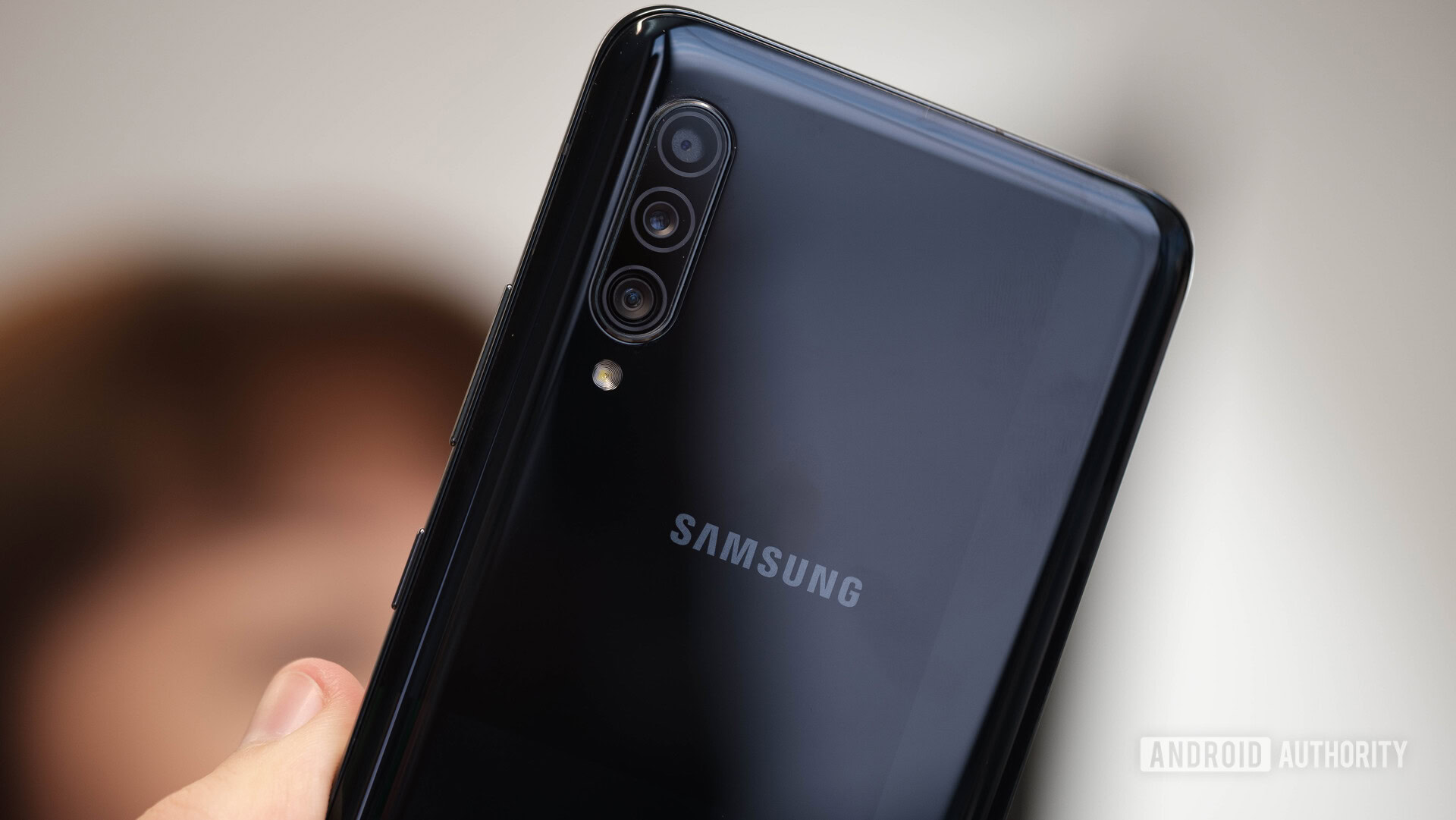
About that affordability. I did say “a little” right? Rather than costing more than a grand, the Galaxy A90 5G is expected to sell for $799. It’s a lot of phone for the price.
Sony brings back the compact smartphone
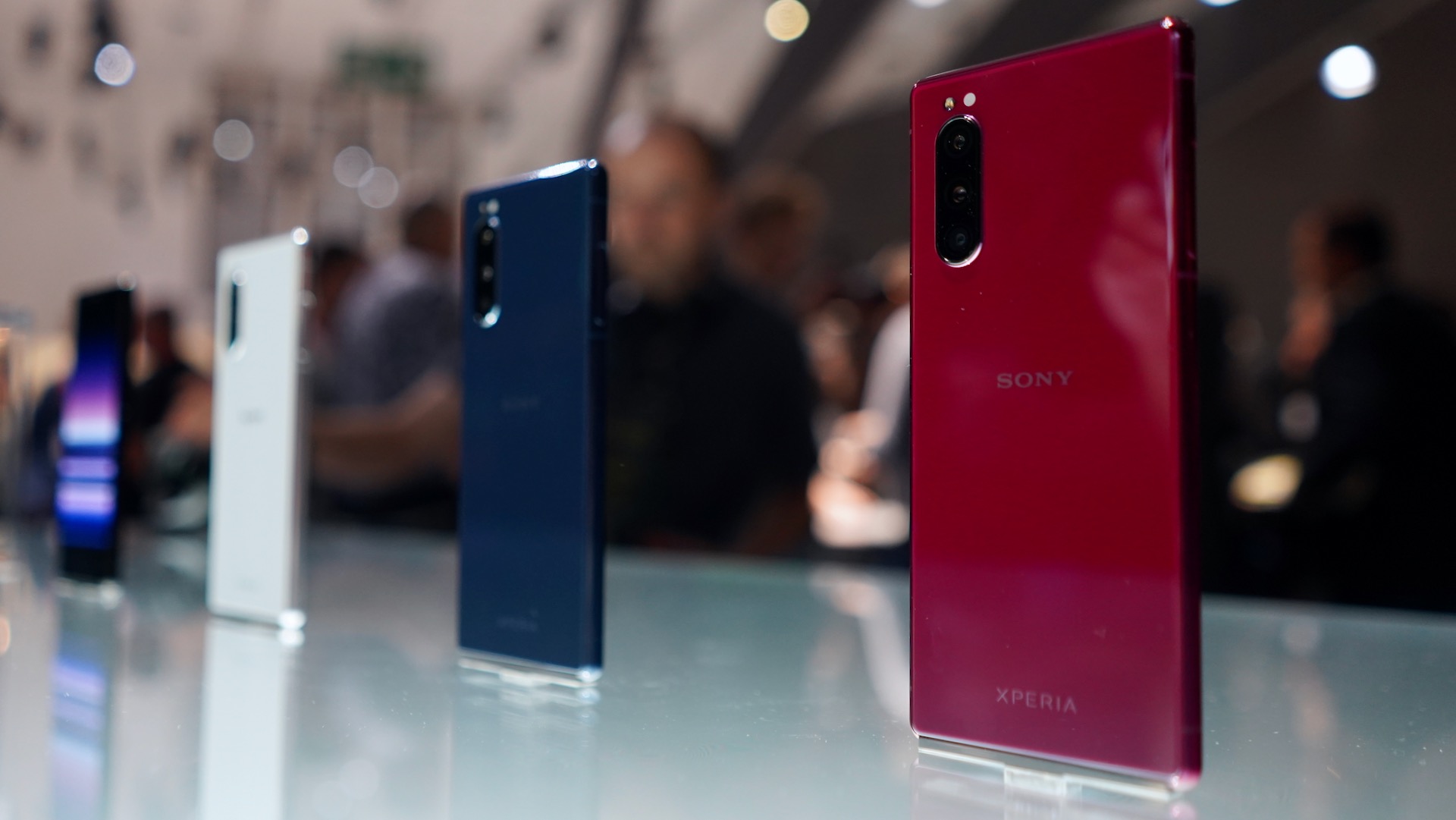
When Sony introduced the Xperia 1 smartphone earlier this year, many were wondering why the company didn’t also trot out a compact version of the phone — something Sony has done for the bulk of its flagships. Turns out we just needed to wait a little while.
The Sony Xperia 5 is essentially an Xperia 1 compact. It takes everything we know and love about the 1 and stuffs it into a smaller form factor. Chiefly, the screen drops from 6.5 inches to 6.1 inches while also nixing the 4K resolution. The battery drops from 3,330mAh to 3,140mAh. Nearly everything else is carried over.
It has an aluminum chassis with Gorilla Glass and IP68 protection. All the buttons and controls, including a fingerprint reader, are on the right edge. Under the hood there’s a Qualcomm Snapdragon 855 with loads of RAM and storage. On the imaging front, the phone has the same triple 12MP camera configuration with standard, wide-angle, and telephoto lenses.
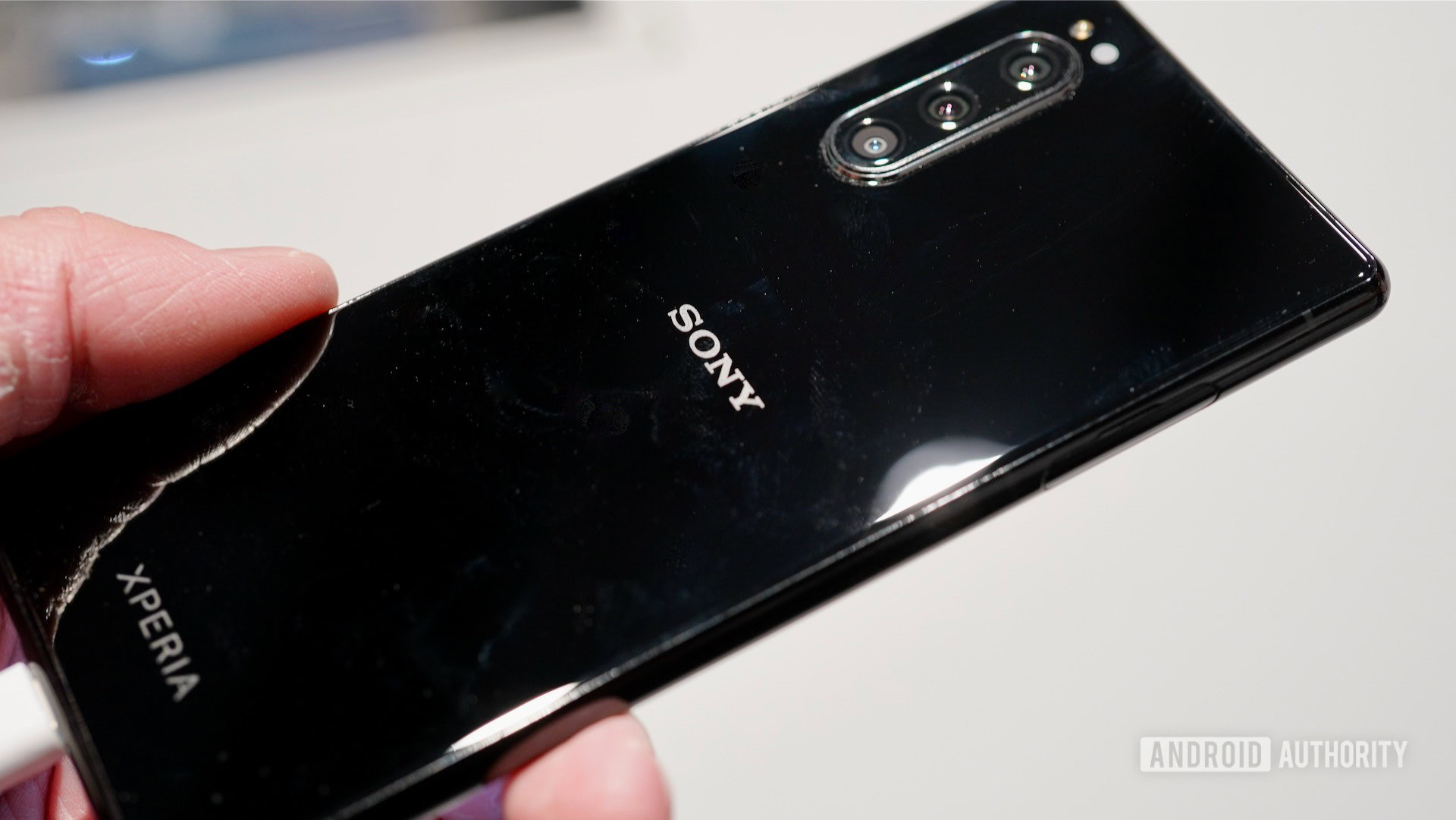
Sony says the Xperia 5 will hit Europe this fall and the U.S. in November. The retail price is $799.99, which is thankfully a tick less than the Xperia 1’s hefty $949.
TCL makes a name for itself
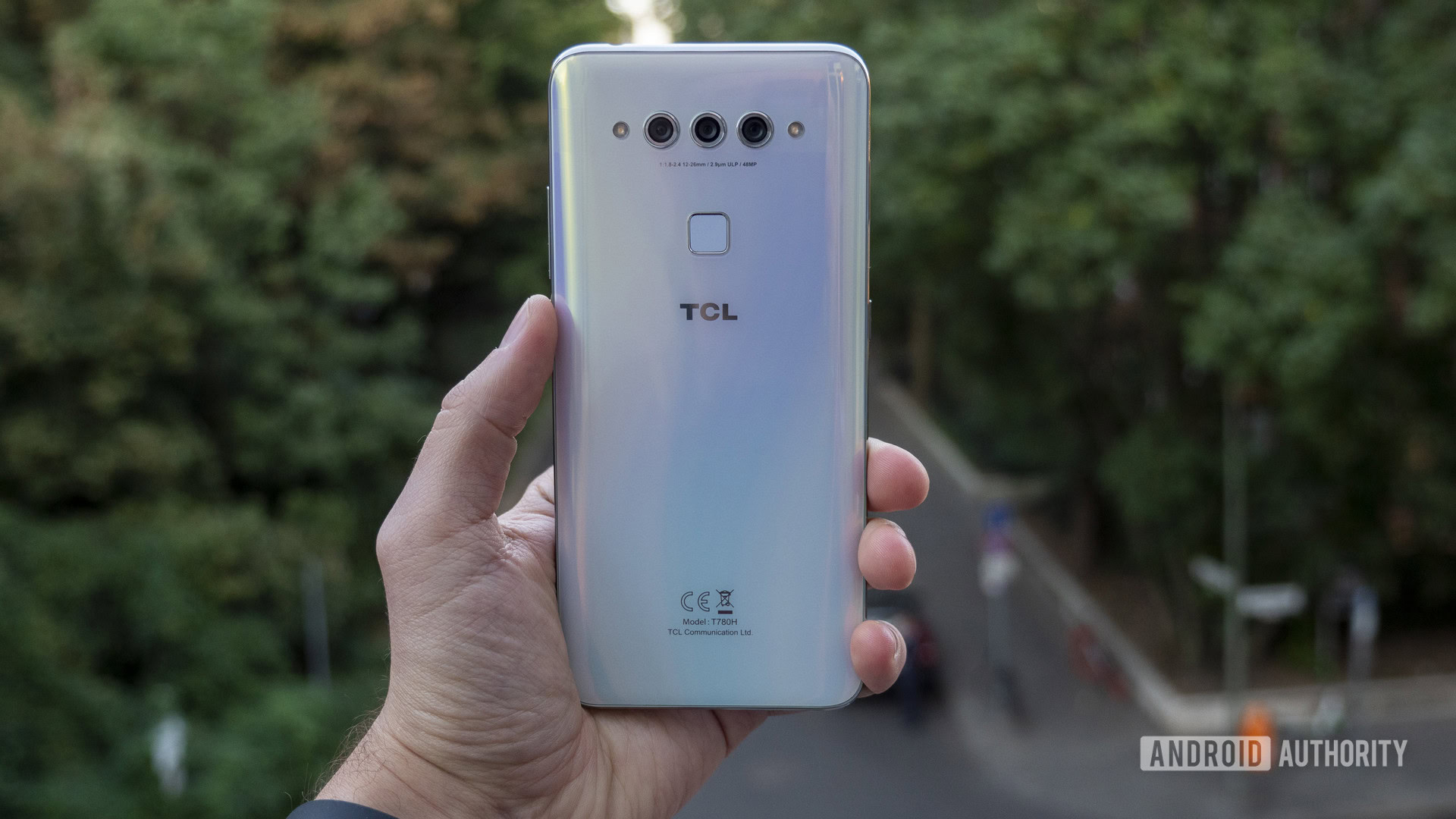
When you think of TCL you probably think of one thing: television sets. TCL is a Chinese company that makes TVs and other electronics, but it is also the parent of Alcatel and BlackBerry. In other words, it has smartphone chops. The company took on a new direction at IFA this year and announced its own-branded phone, the TCL Plex.
This $350-ish phone aims to tempt mid-range buyers with good looks and a solid set of specs. The obsidian black and opal white colors shimmer under the curved glass that gives the phone its shape. A 6.53-inch LCD display on front has Full HD+ resolution with a 395ppi pixel density. The 19.5:9 ratio means the phone stands tall with a screen-to-body ratio of around 90 percent.
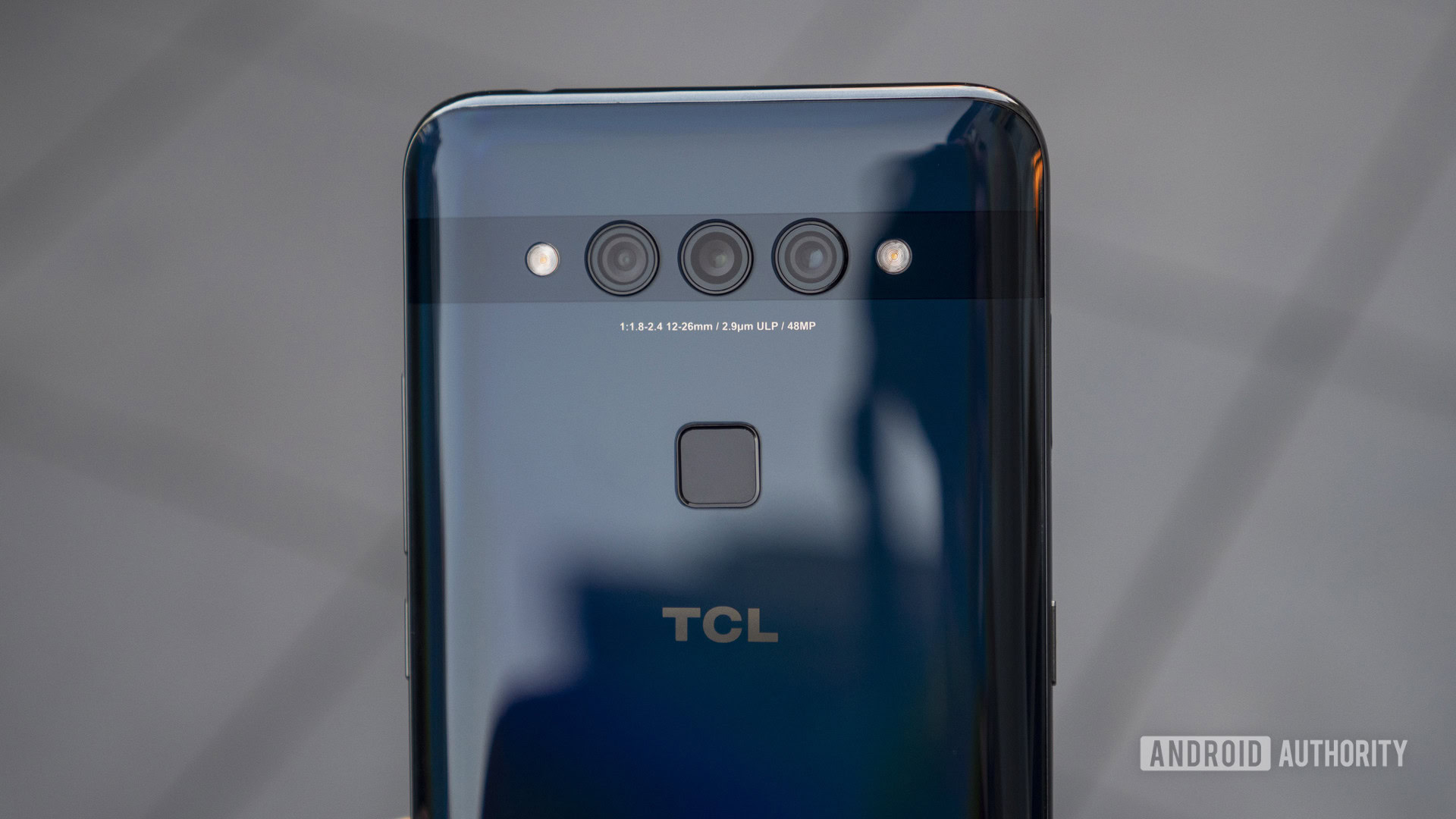
The TCL Plex is powered by a Qualcomm Snapdragon 675 with 6GB of RAM, 128GB of storage, and a microSD expansion slot. The battery rates 3,820mAh, with Quick Charge 3.0 support, and USB-C charging.
As for imaging, there’s a 48MP main shooter, a 16MP wide-angle sensor, and a 2MP low-light sensor.
It’s curious play for a company that’s been all too happy to rely on its sub-brands. We look forward to following TCL’s new direction to see where it leads.
So that’s it for our look at the best smartphones of IFA 2019. While this post focused on new phones, it’s also worth mentioning we had time with the upcoming Samsung Galaxy Fold and the HUAWEI Mate X as well, which you can read more about by clicking the links above. What do you think of our picks? Be sure to let us know in the comments below.